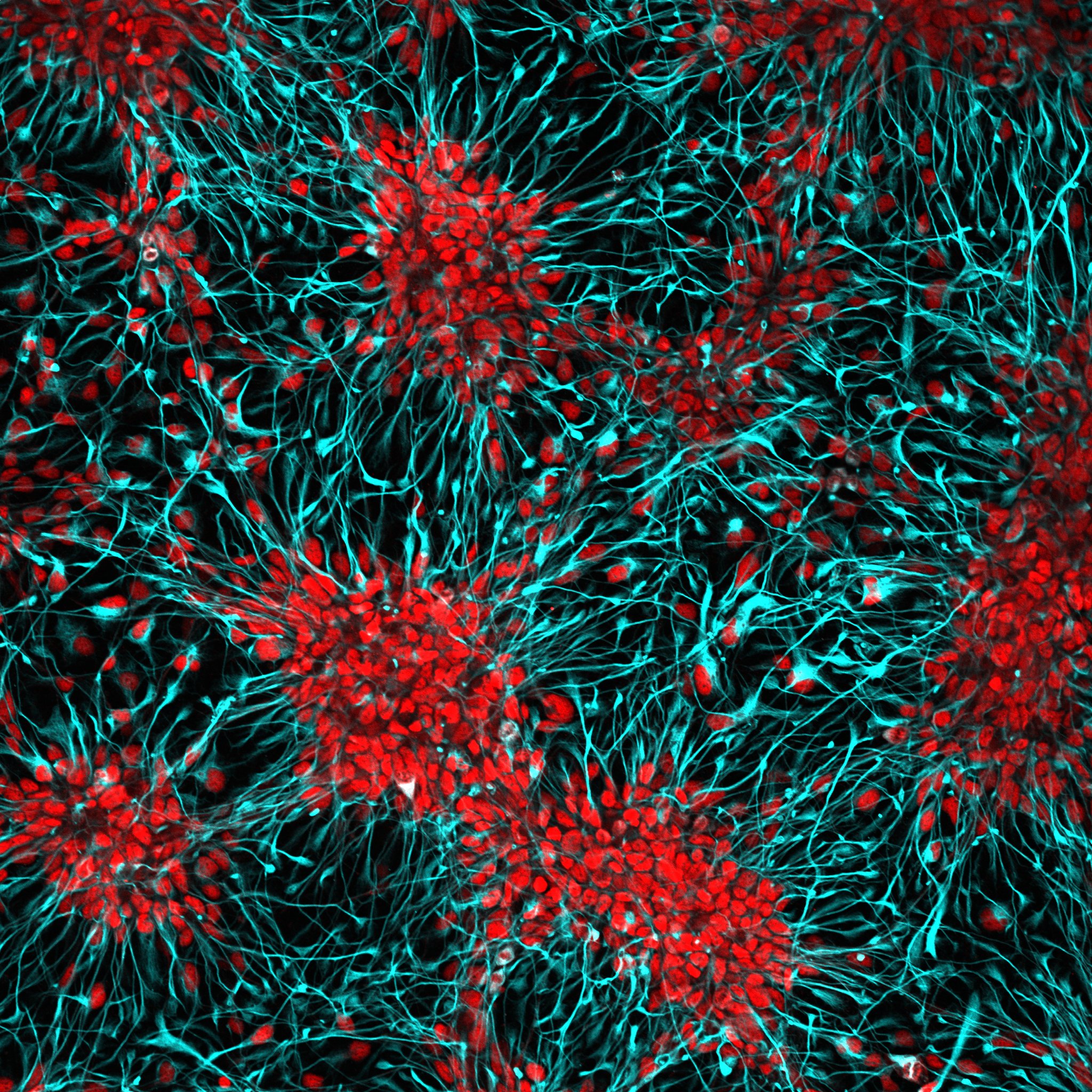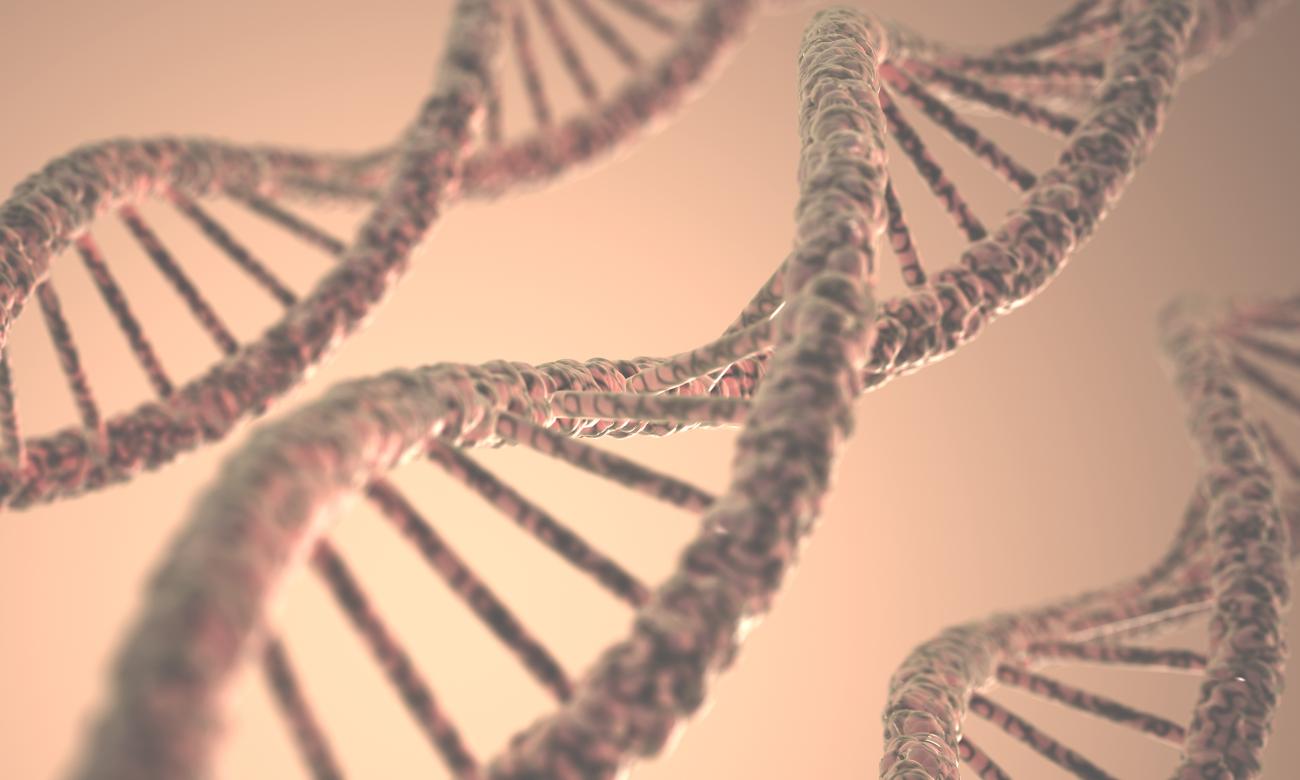Scientists have identified nearly 500 genes that have a significant impact on our food choices. This major study of diet and genetics is a sign of significant progress in designing personalized nutritional strategies, aimed at increasing health and alleviating disease, based on a person’s genetic makeup.
The research is led by Dr. Joanne Cole, an assistant professor at the University of Colorado School of Medicine in the Department of Biomedical Informatics.
“Some of the genes we identified are associated with sensory pathways – including those for taste, smell, and texture – and may increase the reward response in the brain,” said Dr. Cole.
These findings may hold the key to understanding dietary preferences at the genetic level, which could enable scientists to develop “genetic profiles” that can guide individualized recommendations.
Focus of the study
The landmark study was based on data collected from the UK Biobank, which includes data from half a million people.
Researchers have employed a phenome-wide association study (PheWAS) to determine genes that are strongly linked to a healthy diet or lifestyle. PheWAS studies are a powerful tool for identifying relationships between genetic variants and a wide range of human traits and behaviors, including food preferences.
The important role of environmental factors such as cultural background, social status, and access to a variety of foods in shaping our eating habits has long been recognized.
However, Dr. Cole emphasized, “Because genes play a much smaller role in influencing food intake than all environmental factors, we need to examine hundreds of thousands of people to see the influence of genetics on environmental factors.” The data needed to do this did not exist until recently.”
The results of the research will be presented by Dr. Cole at NUTRITION 2023, an annual event organized by the American Society for Nutrition in Boston.
How the investigation was conducted
A major obstacle to understanding diet-related genetics is the complex web of interactions between dietary habits and other factors, including health and socioeconomic conditions.
To overcome this challenge, the team used computational methods to separate direct genetic influences from indirect dietary influences, such as genes that affect diabetes, which causes a person to reduce their sugar intake.
The inclusion of health and socio-demographic data in the UK Biobank, as well as in-depth genetic information, was critical to the success of this approach. By examining individual genetic variants in relation to thousands of traits, researchers were able to filter out indirect genetic variants that are closely related to other factors.
What the researchers are learning
The analysis revealed about 300 genes that directly affect the consumption of specific foods and nearly 200 genes linked to general dietary patterns such as fish or fruit consumption.
“Studies have shown that eating patterns tend to have indirect genetic effects, which means they are related to many other factors,” said Dr. Cole.
This emphasizes the importance of considering food choices in the broader context of other factors that contribute to an accurate understanding of their impact on human health.
Future research
Looking ahead, Dr. Cole plans to delve deeper into the newly identified food-related genes to gain a better understanding of their functions and to identify genes that directly affect food choices.
The research opens up several avenues for translational research, such as using genetic information to adjust the flavor profile of foods designed for weight loss to increase adherence.
Another potential use of the findings is to personalize food based on a person’s genetics.
“If we know that the gene encoding the olfactory receptor in the nose increases the person’s liking for fruit and increases the reward response in the brain, then molecular studies of this receptor can be used to identify natural or artificial substances that bind to it,” said Dr. Cole. Then, we can see that adding one of those compounds to a healthy food makes that food more palatable to that person.
This novel approach could change the way we perceive and implement dietary recommendations, bringing us closer to the era of truly personalized nutrition.
More about food choices
Food choices are complex decisions influenced by a range of biological, psychological, social and cultural factors. Here’s a closer look at some of these things:
Aspects of Physiology
Our body’s needs and individual metabolism largely dictate what we eat. Age, gender, body composition, and activity level all play a role in determining energy and nutrient requirements. For example, growing children, athletes, or pregnant women have different nutritional needs compared to sedentary adults.
Genetic factors
As studies have shown, certain genes associated with taste, smell, and texture perception can influence food preferences and food choices. Certain genes are also known to influence our metabolic responses to food, including how we store fat or process sugar, contributing to conditions such as obesity or diabetes.
Psychological issues
Emotions, mood, and perceived stress can greatly affect our food choices. Some people may turn to comfort food in times of stress or engage in unhealthy eating habits due to depression or anxiety.
Social and economic issues
Income level, educational attainment, and occupational status can all affect food choices. People from higher socioeconomic groups often have better access to high-quality, nutritious food and are more likely to have healthy eating habits compared to those from lower socioeconomic groups.
Cultural issues
Cultural norms and traditions play an important role in shaping food choices. Foods traditionally eaten in certain cultures may be influenced by historical access to certain ingredients, religious beliefs, or traditional health beliefs.
Environmental issues
The food environment, including the affordability and availability of healthy (or unhealthy) foods, and the marketing and promotion of food products also significantly shape food choices.
Understanding these different factors can help in the creation of better targeted interventions to improve dietary habits at the individual and population level. For example, strategies can range from individual counseling based on genetics, to public health initiatives aimed at improving nutritional status and access to healthy food.
—-
We’re taking a look at EarthSnap, a free app brought to you by Eric Ralls and Earth.com.
#Hundreds #genes #influence #eat




